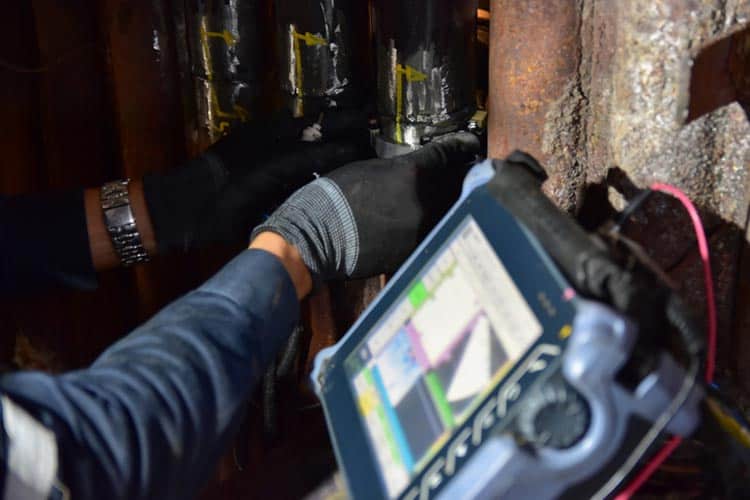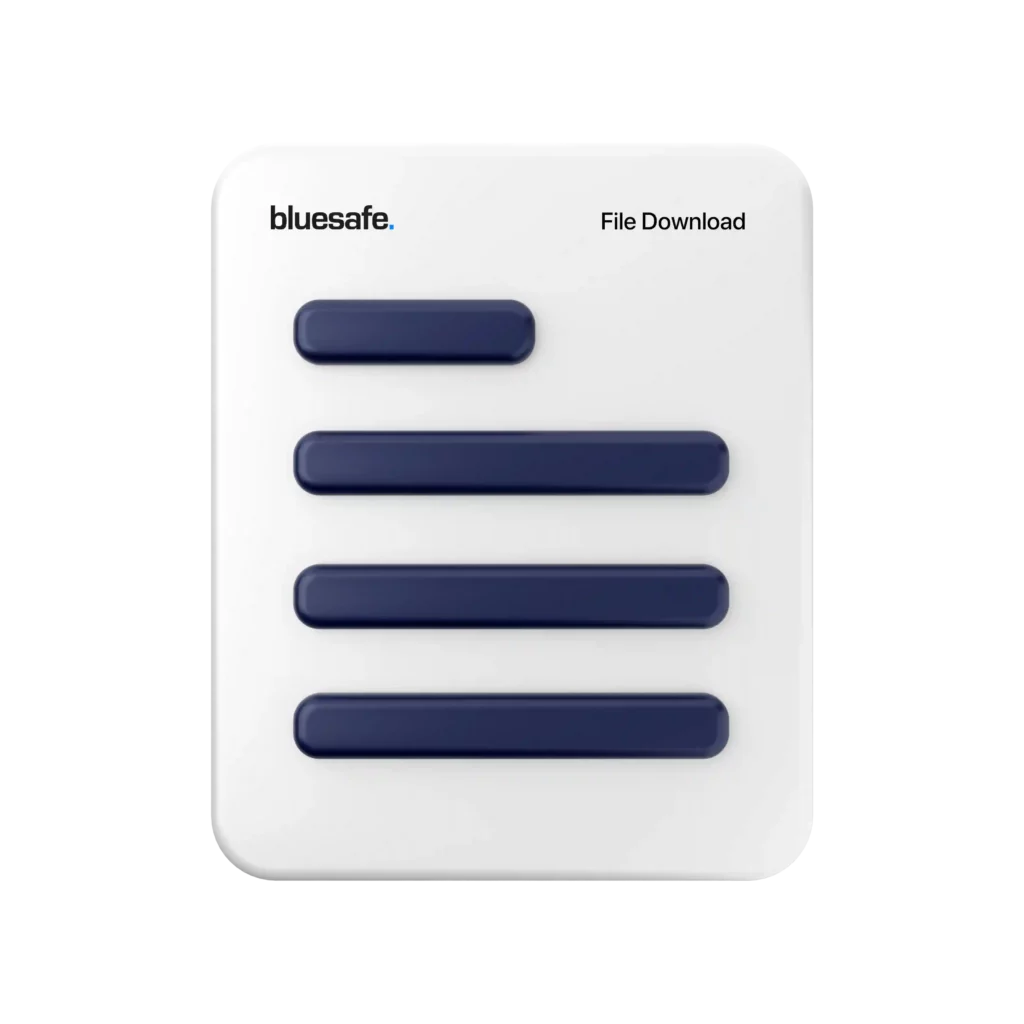Gary’s Safety Tips 
Hey there, my friends! Today I want to talk about professional safety tips for working with airborne ultrasonics. This is a topic that’s very important to me, and I want to make sure that everyone who works with these powerful tools stays safe and healthy.
First of all, let’s talk about what airborne ultrasonics are. These are high-frequency sound waves that can be used to detect or measure things like distance, thickness, and material properties. They’re commonly used in industries like manufacturing, aerospace, and medicine.
Now, when you’re working with airborne ultrasonics, there are some important safety tips that you need to keep in mind. Let’s go over a few of them:
- Use proper personal protective equipment (PPE)
When working with airborne ultrasonics, it’s important to protect yourself from the sound waves and any debris that may be generated. This means wearing appropriate PPE like earplugs or earmuffs to protect your hearing, as well as safety glasses or a face shield to protect your eyes and face.
- Be aware of your surroundings
It’s important to be aware of your surroundings when working with airborne ultrasonics. This means making sure that no one is standing nearby who could be exposed to the sound waves or debris. You should also be aware of any potential hazards in the area, such as moving machinery or sharp edges.
- Follow proper procedures
When using airborne ultrasonics, it’s important to follow proper procedures to ensure safety. This includes making sure that the equipment is in good working order, using the appropriate settings and frequencies, and following any manufacturer’s instructions or safety guidelines.
- Know the risks
It’s important to be aware of the potential risks associated with working with airborne ultrasonics. Exposure to high-frequency sound waves can cause hearing damage, and exposure to debris can cause injury or infection. Knowing these risks can help you take appropriate precautions and protect yourself from harm.
- Get proper training
If you’re not familiar with working with airborne ultrasonics, it’s important to get proper training before attempting to use the equipment. This can help you understand the risks and how to use the equipment safely and effectively.
- Keep the equipment maintained
Proper maintenance of airborne ultrasonic equipment is essential for safety. This means making sure that the equipment is clean, properly calibrated, and free of defects. It’s also important to replace any worn or damaged parts as soon as possible.
- Take breaks
Working with airborne ultrasonics can be tiring, both physically and mentally. It’s important to take breaks to rest and recharge, especially if you’re working for long periods of time. This can help you maintain focus and reduce the risk of making mistakes or accidents.
So there you have it, my friends – some professional safety tips for working with airborne ultrasonics. Remember, safety should always be your top priority when working with any kind of equipment or machinery. By following these tips and staying aware of your surroundings, you can help ensure that you and your colleagues stay safe and healthy on the job. Thanks for reading, and stay safe out there!
Cheers,

![]()






